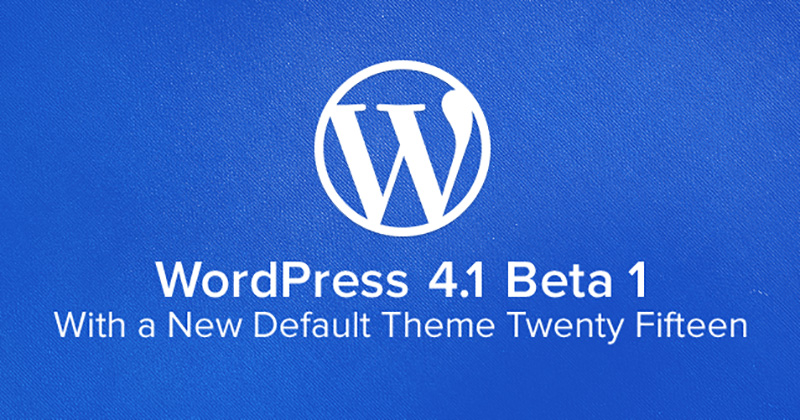


It evolved from what’s now called the “classic” editor, which was more squarely based on entering content to be published on a page or post in a predefined layout. is inserted into the post using blocks that can be arranged modularly to complete page layouts. This is really what we mean any time we refer to the “WordPress Editor.” We call the WordPress Editor the Block Editor because it allows us to create pages and posts where each element- including text, images, videos, headers, footers, etc. Related terminologyīefore we dive straight into block themes, I think it’s a good idea to form a baseline understanding of just what we’re talking about when we’re tossing around terms, like blocks and site editing, as they’re so incredibly new and game-changing relative to what we’ve known and loved about WordPress for decades. I’m merely coming from the perspective of an open-minded learner who is building personal sites with fairly deep understanding and familiarity with the WordPress Block Editor. My goal here is not to critique WordPress 5.9 or steer you in the direction of whether or not you should like it or want to use it. I am well-versed in WordPress and a major fan of the content management system. I’ve had my hands on it and thought I’d share what I’ve learned about block themes in my hands-on experience, as well as some personal thoughts on how it works.ĭisclaimer: I am not a block themes expert by any stretch.
Wordpress 5.9 beta 1 full#
This release, dubbed Joséphine, is the formal introduction to WordPress full site editing and Block Themes.Įven though the block-based theming functionality has been available in various iterative forms in previous releases, this is a big deal for the WordPress platform and the ecosystem that relies on it. WordPress 5.9 is now out in the wild and with it comes block-based theming for the masses. In fact, I have been using an experimental block-based theme here in this project site. Though I have been aware of the WordPress theme-experiment GitHub repository for a while - themes made completely out of blocks! - I have only started digging into block themes recently. I have been personally trying to keep myself updated with the block editor through WP Tavern and Gutenberg posts, and have been using both the legacy - or “ Classic” editor - as well as the block editor in my personal learning project sites.Īfter taking a detour to learn and experience headless WordPress sites with Gatsby and Frontity frameworks, I am now back to my native WordPress home. Global settings and styles (theme.json)Įxcept for those who follow its day-to-day development iterations at GitHub, most development surrounding the block editor is largely visible to users - and that’s not necessarily a bad thing.Using the block editor with classic themes.This is referred to as Full-Site Editing in WordPress and the themes that are built for this are called Block Themes, because you build out everything with blocks. WordPress Block Themes allow you to build out the entire site using blocks, meaning the theme’s responsibility is mostly design guidelines, and less about controlling the pages and the content on them. But there are new themes that lean into the Block Editor much more deeply. You can use the block editor on any WordPress theme, provided the theme loads CSS that the blocks use. The relatively new WordPress editor, also known as the WordPress Block Editor, always under development via the Gutenberg plugin, has been with us since 2018.


 0 kommentar(er)
0 kommentar(er)
